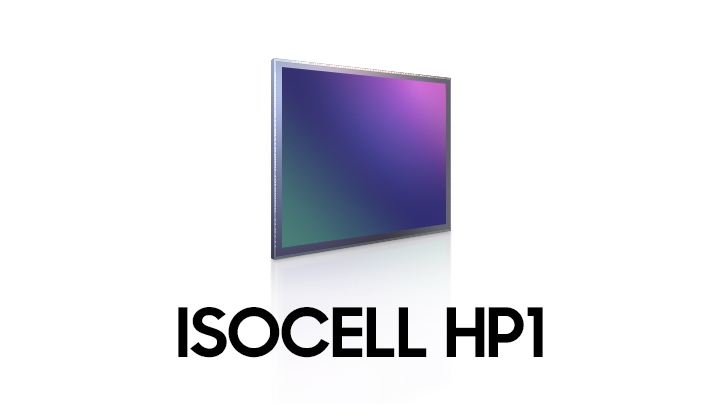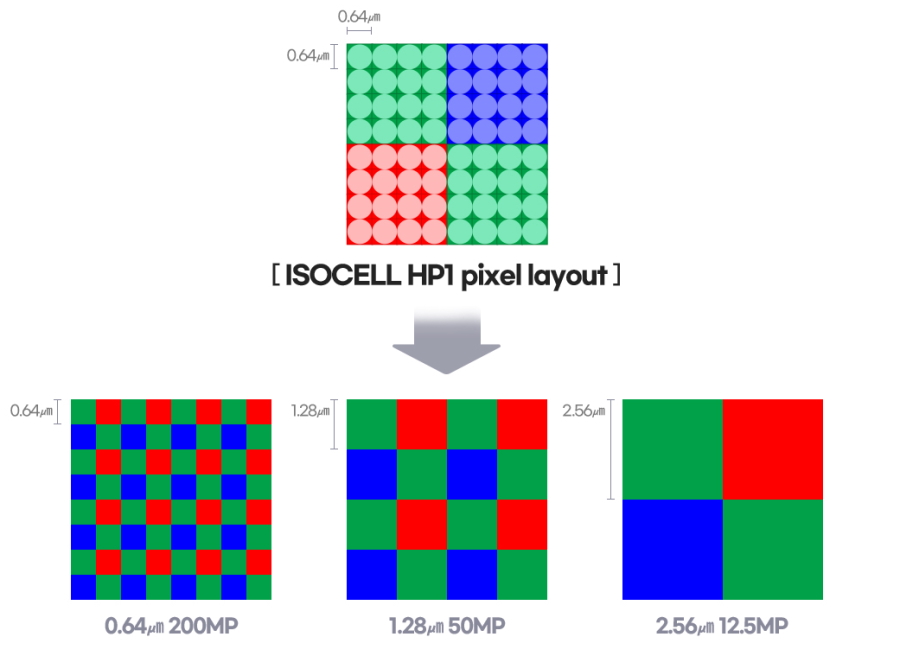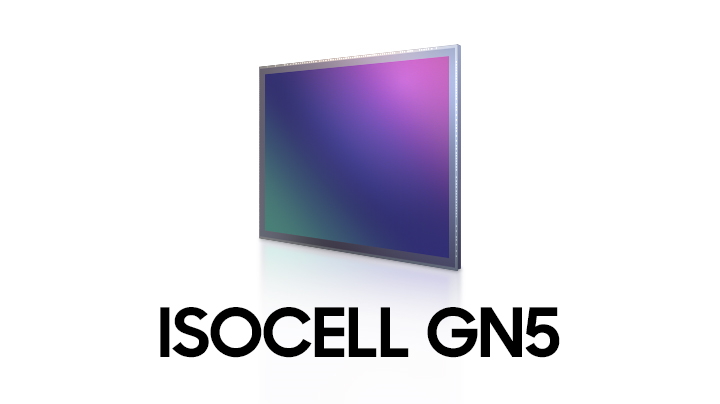Samsung today unveiled two new mobile sensors under its ISOCELL banner including the ISOCELL HP1 which offers a native resolution of 200MP. Said to feature a pixel size of 0.64μm, the new sensors still can fit into handheld devices despite having such a high resolution.
Aside from the 200MP resolution, another highlight of ISOCELL HP1 is the new ChameleonCell pixel-binning technology. Depending on the environment, the tech would apply the appropriate pixel-binning layout to provide optimised light absorption and sensitivity for the sensor.
For example, the sensor may switch to the four-by-four pixel layout in a low-lit environment and become a 12.5MP sensor with 2.56μm pixels that can produce brighter output. Likewise, the sensor would remain in its native 200MP form in bright environments to help deliver highly detailed output.
For video recording, Samsung noted that the ISOCELL HP1 is able to capture 8K video at 30FPS with minimal loss of details within the camera’s field of view. When needed, the sensor can also switch to the two-by-two layout which turns it into a 50MP sensor without losing the capability to deliver 8K videos.
Together with the announcement of ISOCELL HP1, Samsung has also unveiled the ISOCELL GN5 that the company claimed as the first 1.0μm sensor to feature its Dual Pixel Pro autofocus technology. As a comparison, the ISOCELL GN2 that it has just announced back in February which also comes with Dual Pixel Pro was a 1.4μm sensor.
The company pointed out that ISOCELL GN5 contains one million phase-detecting multi-directional photodiodes throughout the 50MP sensor, so that it can deliver superfast autofocus performance. Samsung has also implemented its proprietary Front Deep Trench Isolation technology into the sensor to improve light absorption and cut down pixel crosstalk.
https://www.youtube.com/watch?v=8KILAVjM8lY
Samsung said that both ISOCELL HP1 and GN5 are already available for sampling. This means it is only a matter of time before you see them appear on new smartphones in the market.
(Source: Samsung.)
Follow us on Instagram, Facebook, Twitter or Telegram for more updates and breaking news.





